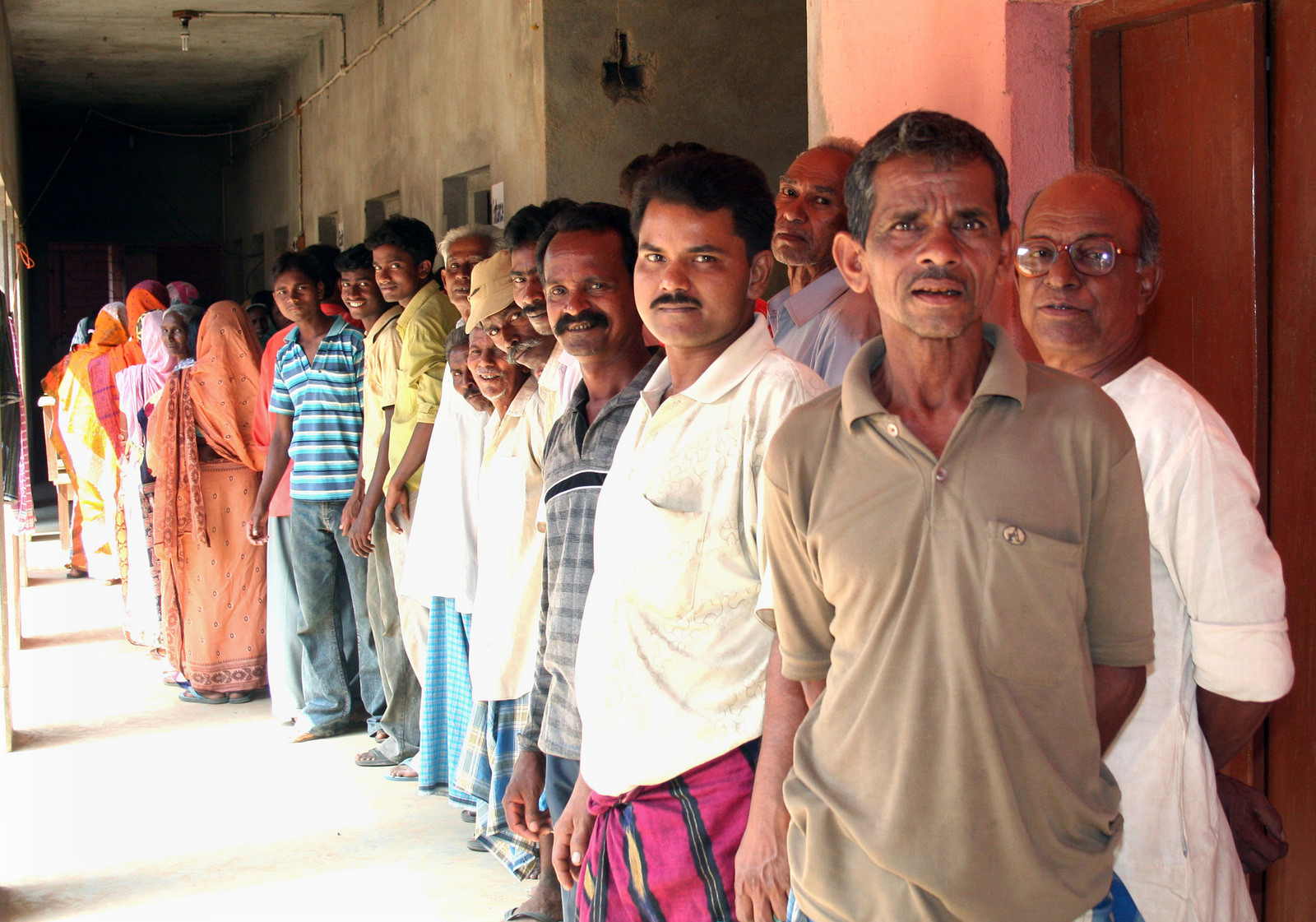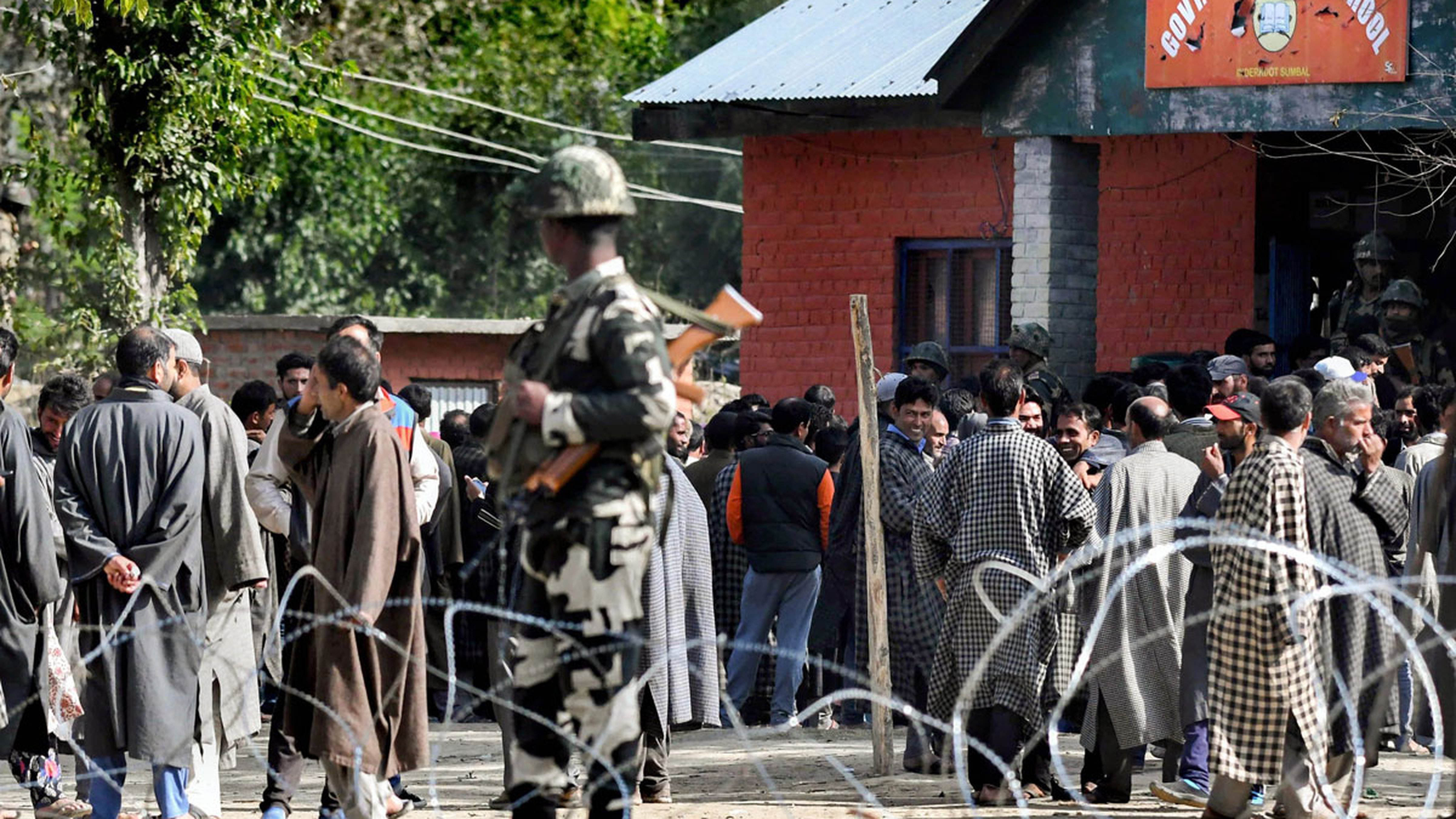With the Lok Sabha elections around the corner, let us have a look at the number of seats in different states. These should be based on the relative population of the states, as per the People’s Representative Act. The Lok Sabha elections of 1957 and 1962 used 1951 census data to fix the number of seats in different states, with a total of 494 seats. The 1961 census was used from the election of 1967, with 520 seats. The 1971 census data came into force thereafter, where at least one seat was allocated to every state/Union territory that had a population of less than 10 lakh, and seats were allotted in the remaining states roughly in a 1:1,00,00,00 proportion. A total of 543 seats were constituted for about 55 crore population. By the 91st amendment to the Constitution in 2001, it was decided that this formula of seat sharing based on the 1971 census would continue until 2026.
However, the population structure and densities in different parts of the country have remarkably changed, while the number of seats in each state/ UT remain unchanged, resulting in a serious misrepresentation of people in Parliament. If the number of seats is the same, that is 543 (the Constitution put a limit of 552 Lok Sabha seats), then as per the 2011 census, the seat share will be one for 22,28,717 people.
Now, take the examples of Kerala and Rajasthan. According to the 1971 census, the population of these two states were 2,13,47,300 and 2,57,65,810. They were allotted 20 and 25 Lok Sabha seats with 10,67,365 and 10,30,632 people per seat respectively on an average. The population ratio among the states changed remarkably in between, due to different rates of population growth and migration. According to the 2011 census, the population of Kerala is 3,33,87,677, and that of Rajasthan is 6,86,21,012. So, at present, a member of the Lok Sabha from Kerala represents 16,69,384 persons, while one from Rajasthan represents 27,44,840 persons on an average. These two numbers have an alarming 3:5 ratio.
The total population of India, according to the 2011 census, is 1,21,01,93,422. Let us first assign one Lok Sabha seat each to the 11 states/UTs with a population less than 22,28,717, to ensure at least one Lok Sabha representative from each state/UT. The remaining 532 seats are now allocated to the remaining states/UTs according to their population, with respect to the remaining population (1,20,03,44,497). For example, Kerala should have 532 x (3,33,87,677/1,20,03,44,497) = 15 Lok Sabha seats now, in the nearest integer, and the number of Lok Sabha seats of Rajasthan should be increased to 532 x (6,86,21,012/1,20,03,44,497) = 30. Thus, presently Kerala is 33 per cent over-represented and Rajasthan is 17 per cent under-represented if we consider the 2011 census. In fact, significant changes in the number of Lok Sabha seats might take place in Uttar Pradesh, Bihar and Tamil Nadu if the 2011 census comes into play. However, there will be insignificant changes in states like Assam, West Bengal, Karnataka, Gujarat and Maharashtra.
Since the value of the vote of each member of the Lok Sabha for electing the president is the same (708 for now), it is creating a serious discrepancy. For example, about 2,358 Keralites are contributing one vote through their Lok Sabha representatives in the presidential election, while 3,877 people of Rajasthan combine one vote through their member of parliament.
The elections of the president and vice-president are also influenced by the number of Rajya Sabha MPs. Also, the weight of the votes of state legislators is determined by the population of the state in question. The reason behind the 91st amendment to extend the 25-year-old freeze on the total number and state-wise distribution of seats in the Lok Sabha till the year 2026 was the unequal amount of successes in population-limiting measures by different states, so that the states that were successful in population control would not lose Lok Sabha seats, and the others would not gain at their expense. Does the Parliament now need to review that freeze?












